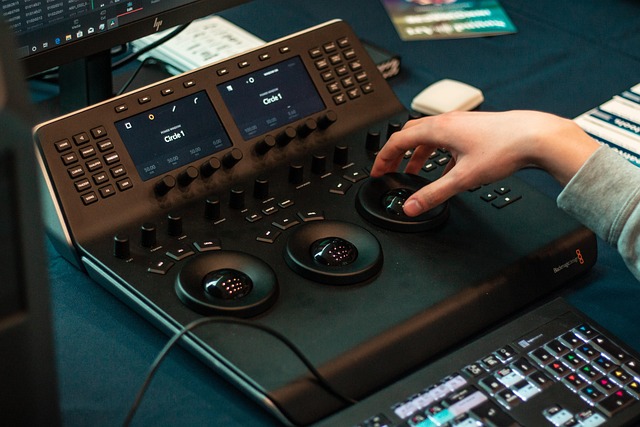Mastering Texture: A Visual Journey Through TV Display Technology
In the ever-evolving world of television and display technology, the term texture has become more than just a mere aesthetic quality; it embodies the connection between imagination and reality. From vibrant colors to intricate details, the texture in images enhances our viewing experience, turning ordinary moments into captivating stories.
When we think of our favorite films or shows, it’s not just the plot or the characters that leave a lasting impression. The art of visualization plays a significant role in how we perceive and feel about what we watch. The texture of visuals on our screens can evoke emotions, create tension, and immerse us deeply into other worlds.
The Technological Evolution
As technology advanced, so did the capabilities of displays. Remember the transition from CRT monitors to flat-panel TVs? This shift didn’t just bring about sleeker designs; it also revolutionized the quality of texture we experience in visual content. Early digital displays struggled with depth and detail, often portraying images as flat or lifeless. Yet, with innovations like OLED and QLED, the richness of texture has truly come to life.
OLED screens are renowned for their ability to produce deep blacks and a broad color spectrum, resulting in striking texture that makes visuals feel incredibly real. Each pixel generates its light, enabling the display to maintain perfect contrast and detail even in the darkest scenes. When you’re watching a nature documentary, you can almost feel the roughness of tree bark or the softness of animal fur, thanks to this remarkable technology.
The Importance of Monitors
For enthusiasts and professionals alike, monitor selection is pivotal in achieving the best representation of texture. High-end monitors offer calibration options that allow users to fine-tune settings to capture the true essence of texture in their work. Color accuracy and dynamic range become crucial for graphic designers, filmmakers, and gamers, as they require a faithful portrayal of their creative inputs.
Picture this: a vibrant sunset that smoothly transitions from warm oranges to cooler purples. The monitor that captures this scene with precision doesn’t just display blobs of color; it reveals the transition in texture, depth, and richness, allowing viewers to experience every nuanced shift in hue and shadow.
Future Prospects in Display Technology
As we push forward into an age dominated by advancements like 8K resolutions and immersive virtual reality, the concept of texture will continue to evolve. The integration of AI in image processing is set to introduce even greater levels of detail and realism. Imagine textures that react to your actions in real-time, enhancing the sense of presence and engagement, ultimately heightening your emotional connection with the content.
As we explore the realms of enhanced visual experiences, we recognize that texture is more than a criterion for display quality; it’s a vital aspect of storytelling and immersion. Each pixel contributes to a rich tapestry that invites us into its world, allowing us to feel every moment, every nuance, and every story waiting to unfold.
In this visual journey, understanding how texture affects our viewing experience becomes essential. Whether you’re marveling at the latest blockbuster or simply enjoying a casual binge-watch session, the technology behind your display is meticulously working to ensure that texture comes alive, bringing every image to life in ways we could only dream of before.



